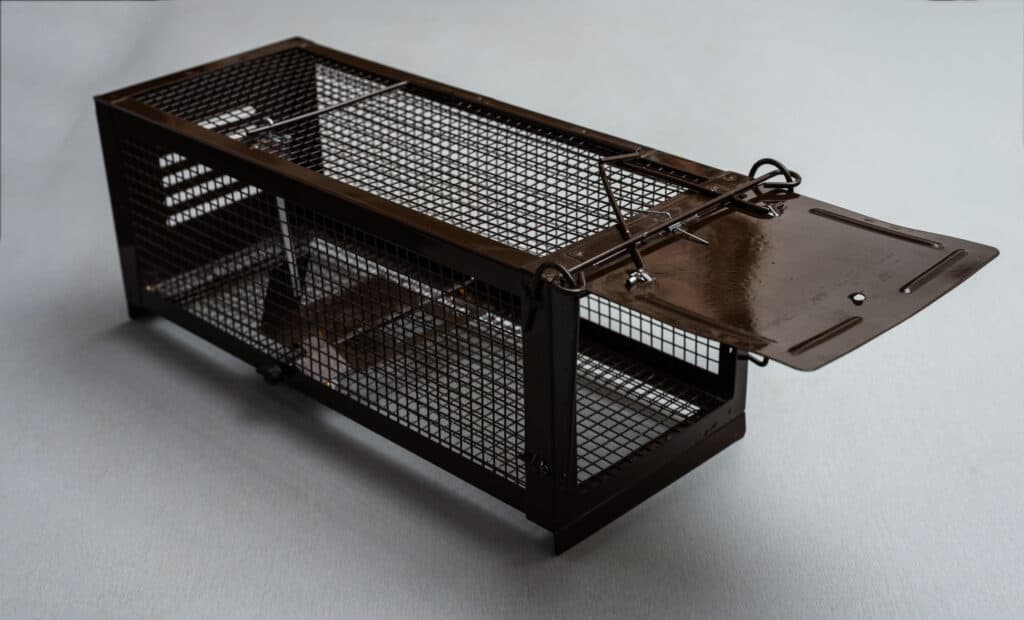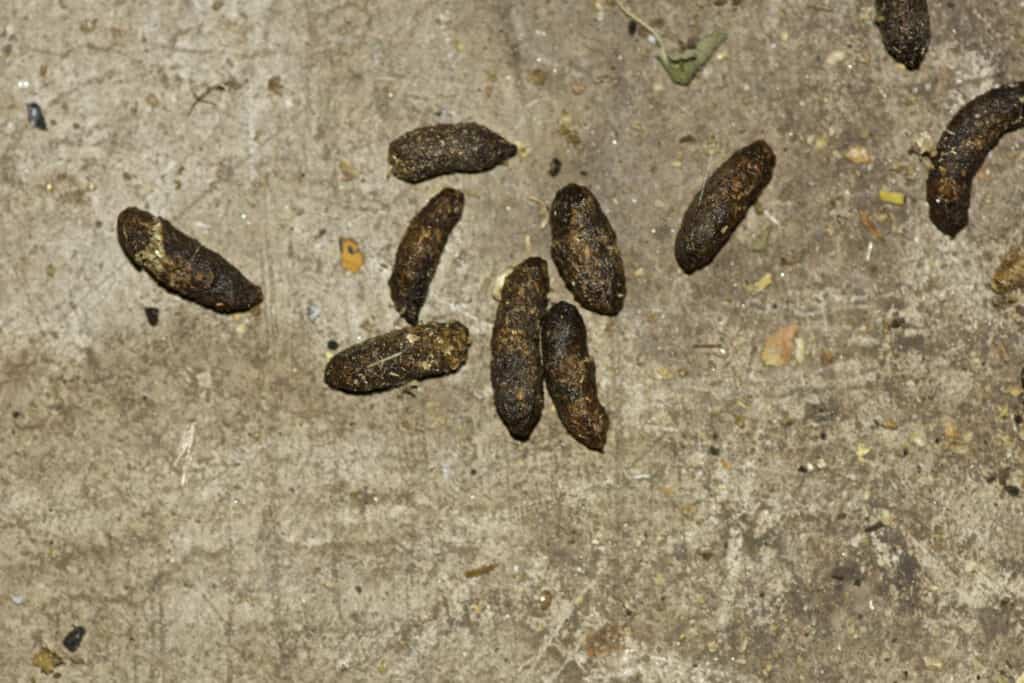
Proactive Measures
Prevention is better than cure – this is especially true when it comes to rodent control in warehouses. Getting ahead of the problem is going to save you a lot of time and money down the line. Allowing rodent infestation to fester could even lead to closure of your business.
The following are preemptive actions that keep rats and other small animals from your warehouse.
Keep Entry Points Sealed
Warehouse doors should always be closed when not in use. One way to enforce this is by using automatic doors. High speed roll up doors also help in this aspect. Basically, ensure that there is minimal chance of leaving any of your entry points open by accident.
Have a No-Food Policy
It is important to make it clear to staff not to bring food into the warehouse. This will be made possible by having a no-food policy with clear consequences for violators.
Food and crumbs are one of the main pest attractants. Having a no-food policy ensures that there is one less reason for rodents to come into and settle in the warehouse.
This does not apply to water bottles, however, as they are needed by workers to stay hydrated and they are usually sealed when not in use.
Keep Food Packaging Sealed
Distribution centers store a wide variety of food, dairy, juices and fruits. Some of these items are kept sealed in cartons for health and safety purposes.
Food and beverage packaging can break due to various reasons, the most common being accidents that happen while handling them.
Breaking the packaging exposes the food inside to potential pests and may also cause spillage of the foodstuff inside. When this happens, rodents, which sense food through smell, will be attracted to these places.
Ensuring that every unsealed, broken or damaged product packaging is resealed or thrown out is an important step in keeping your warehouse pest-free.
Perform Regular Inspections

Consistent daily inspections should be conducted by warehouse managers, assistants and supervisors to ensure cleanliness is maintained at all times.
This is the only way to ensure that a rodent problem does not develop in the firsts place.
Get Rid of Stagnant Water
Stagnant water will only encourage rats and mice to set up nests in your warehouse. This is because it creates a steady water source for the rodents, which they need in order to sustain themselves.
Sources of stagnant water in warehouses include overflowing drains, leaky pipes, gutters, spillage from products and garbage bins.
If left to stand over time, this water could become a potential attractant to vermin such as mice, rats and insects.
Therefore, these sources of stagnant water should removed as soon as they are identified.
Immediate Cleanup of Spillage
Spillage of foodstuff and beverages is a daily occurrence in warehouses and especially in distribution centers that carry food and drinks. It could be from reach truck accidents, tipping of pallets built by order selectors, etc.
Cleaning the floor surfaces should immediately follow a spill. This not only prevents accidents from happening, it also eliminates potential food sources for rodents such as mice.
The warehouse should have a designated cleaning personnel whose duties include mopping and scrubbing the floors.
These staff members should be summoned every time there is a spill of liquid or food items.
Alternatively, the workers themselves can do the cleaning as long as they are provided with proper equipment to do the job such as brooms, mops, sawdust and buckets.
Ensure that you also clean up the hard to reach places such as below pallet racks. If left to spoil, the spill will only attract rats and other pests due to the odour.
Eliminating Rats From Your Warehouse
Once rats get into a warehouse and build nests, they might quickly start breeding and become a hazard. Getting rid of them as fast as possible should be one of your major priorities.
You can do this by setting up traps and contracting a pest control service company.
Mouse Traps

Mouse traps are one of the key ways of preventing and eliminating rodent infestation in your warehouse.
Mouse traps can be installed on a per rack basis or per slot basis depending on the severity or potential severity of the problem. Some distribution centers prefer to set them under every other pallet rack.
The best type of mouse traps for warehouses are those that don’t leave a mess of blood and flesh material after killing the rodents.
Examples of these include mouse bait stations and rat glue traps.
Hire a Pest Control Company
Pest control companies that specialize in commercial facilities like warehouses are a good bet towards eliminating a rodent problem.
The trick is to get a company with highly trained and experienced specialists that will set you up with the best preventive and corrective measures that effectively eliminate rodents from your warehouse in a very short amount of time.
Find local pest extermination companies through Google and platforms like Yelp.
Signs of Rat Infestation
To have an effective rat control strategy, you need to know that you have rats in the first place. You also need to have a qualitative approximation of the amounts of rats you have in the warehouse. The easiest way to get this information is through knowing what the hints of rat presence are.
Rat Droppings
The presence of rat droppings is one of the major telltale signs that you have a rat problem in your warehouse.
Rat and mouse droppings are black, elongated and up to 0.75 inches long as shown below:

Rat Bite Markings
Rats gnaw on material such as wood and cardboard to trim their teeth. They also chew on food packaging such as vacuum shrink bags for meats to get access to their food.
If you find holes in packaging with signs of nibbling, then there’s a high probability that rodents are to blame.
Grease Marks
Rats leave distinct grease marks from their fur coats as they move on walls and floors. They often travel through the same routes over and over so these marks are very visible.
Rat Noises
Rats make high pitched squeaks as they move about and communicate with each other. They also make bruxing sounds as they grind their teeth.
Families of rodents will also tend to make noise as they scurry about in packages or boxes of product. They do this when there is a disturbance, e.g., when a box is moved or due to the sound of footsteps or machinery.
Rat Nests
Rats tend to build nests in warehouse wall voids, false ceilings and floors, close to food sources and behind heat producing machines.
These nests may be made from any available material they can access nearby that provides comfort and warmth such as fabric, wood chips, cardboard and paper.